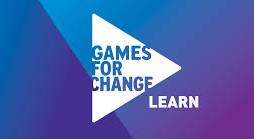Dive Brief:
- In a new partnership between the University of Oregon’s College of Education and high schools in the state, faculty members will teach high school students while also conducting research on what is preventing so many of them from graduating, the Daily Emerald reports.
-
In 2016, Oregon’s graduation rate was 74.8%, the fourth lowest in the country, the article says. As part of the Oregon Research Schools Network, a five-year pilot program, high school students will have opportunities to earn college credit while faculty members will examine local issues contributing to low graduation rates.
- So far North Eugene High School is participating in the program, and the university hopes to identify at least nine more. Each school partnership will cost $300,000. The project is being funded by an anonymous $50 million donation to the university.
Dive Insight:
School-university partnerships benefit both schools and universities in multiple ways. Schools gain access to experts on a variety of education issues as well as college students who can serve as role models to K-12 students. At the same time, those studying to become teachers, researchers and other education professionals gain valuable experience in a school setting that can inform their research and future practice.
Researchers suggest that while partnerships used to lean toward the needs of universities — a place for education students to conduct student teaching — the needs of students and schools are now more likely to be driving these relationships. In a recent piece blog post for the American Association for Colleges of Teacher Education, Jennifer Roth of Fort Collins High School in Colorado writes that one component of the school’s partnership with Colorado State University was that paid tutors from the university would work with students in the school’s Advancement Via Individual Determination (AVID) program.
But this arrangement was expensive and was seen as a barrier to the sustainability of the partnership. “We were able to problem-solve this dilemma by embedding AVID tutoring into required school-based courses for teacher candidates, a solution that benefits all stakeholders,” Roth writes. “Now, our AVID program can rely on quality college tutors training to be educators and highly invested in their responsibility to the students.”







 Dive Awards
Dive Awards






